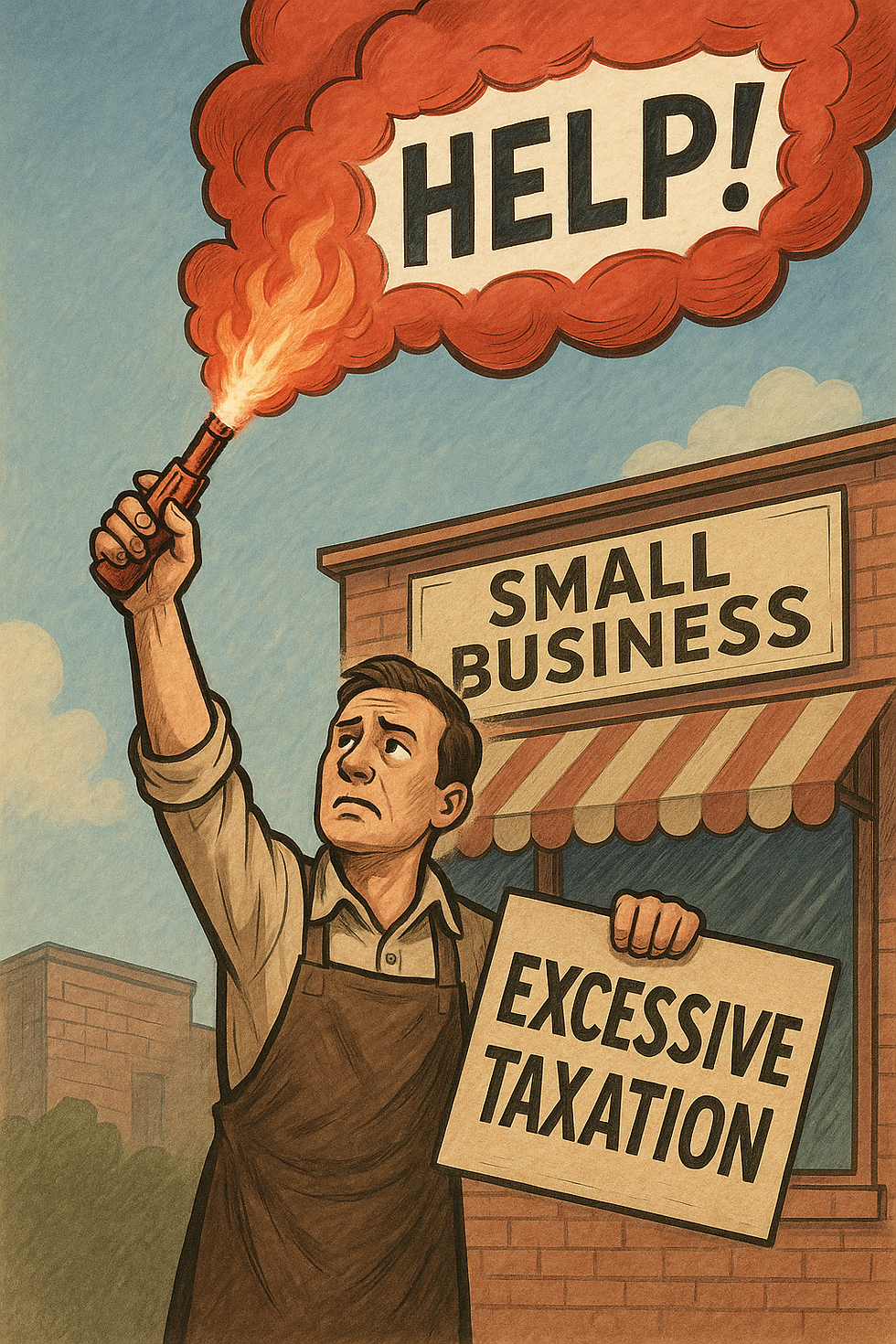Bring greater transparency to property taxes with Truth in Taxation
- Jason Mercier

- Sep 11, 2023
- 2 min read
With record property tax assessment increases occurring in states like Idaho, Montana, and Wyoming, homeowners are concerned about the potential impact on their property tax bills. First, it is important for taxpayers to know that assessments are just a part of the calculation. The main driver of property taxes is spending increases approved by policymakers and voters themselves through levies.

This is why efforts to restrict property assessments are often misplaced and lead to other problems. The better way to control property tax increases is on the spending side and/or with levy restrictions. One way to help bring greater transparency to the fact spending is the main cause of property tax increases is with a reform called Truth in Taxation.
Truth in Taxation currently exists in Iowa, Kansas, Nebraska, Tennessee, and Utah.
Here is how the Salt Lake Tribune describes Utah’s Truth in Taxation law:
“This law sets up a system that allows taxing jurisdictions (think cities, counties, school districts, water districts) to receive only the amount of revenue they collected the year before, plus whatever taxes they got from new development in their jurisdiction.
Because of those constraints, when property values in a jurisdiction rise, tax rates automatically adjust downward to offset the additional revenue that the taxing entity would have collected from appreciation.
If a taxing jurisdiction wants to create additional revenue to pay for things like new public safety services or water infrastructure, officials in that jurisdiction would need to hold a truth-in-taxation hearing.”
Utah’s Property Tax Division further explains:
“Property Tax increases require a Truth in Taxation process of public disclosure. Taxing entities are required to follow a series of date specific steps, including notification to the county, newspaper advertisements, parcel specific notices, and a public hearing, before adopting a property tax rate above a calculated certified tax rate. The timeline is different for a fiscal year taxing entity (budget cycle July 1 to June 30) and a calendar year entity (budget cycle Jan 1 to Dec 31).”
Here is an example of the “Tax Increase Checklist” and “Tax Increase Requirements” for property taxes in Utah under Truth in Taxation.

Montana Governor Gianforte hit the bullseye when he recently said:
"To ease the property tax burden, we must reform our system and bring greater transparency, accountability, and responsibility to local spending. I’m committed to getting it done."
Even though Idaho doesn’t have a statewide property tax and the legislature recently enacted property tax rebates to help with the local tax burden, Truth in Taxation is still needed to help empower taxpayers to better engage and understand their property tax burden and the connection to spending.
With the cry for property tax reform getting louder, policymakers in Idaho, Montana, Washington, and Wyoming should focus their efforts on improving transparency and voter engagement with Truth in Taxation.







Comments